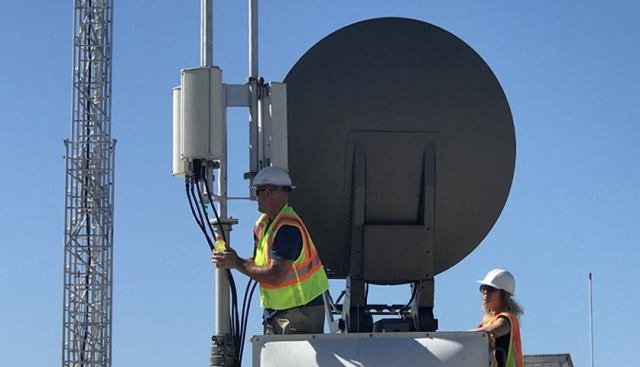MTN Consulting has revealed the latest information on telecom network operators’ revenue, investment, productivity and job.
 Revenue growth rate of the telecom sector during Q4 2018 was –2.4 percent to $460 billion and –0.2 percent on a constant exchange rate basis
Revenue growth rate of the telecom sector during Q4 2018 was –2.4 percent to $460 billion and –0.2 percent on a constant exchange rate basis
The telco sector has been stagnant in terms of revenue per employee basis since 2011. The
report said revenue per employee was $353K in the last four quarters vs $360K in 2011.
Labor costs per employee grew 2 percent in 2018 to $55.5K.
Telcos employed 5.2 million people in 2018, just up 1.3 percent from 2017. The number of telecom jobs will begin to decline in the next 1-2 years. India may cut up to 100K telecom jobs in the next 1-2 years, due to the dominance of Reliance Jio and BSNL reforms.
The telecom industry’s long-term Capex to revenue ratio is in the 16-18 percent range, on average.
Capex for 2018 was 16.4 percent of revenues, in line with 2017. Capex to revenue was 17.8 percent in 2015, driven by 4G build-outs. 5G will push capital intensity higher but the rise will be more gradual than with 4G.
Telco network investments reached $301 billion, just 1.3 percent higher than 2017. Operators will spend big on 5G and fiber in 2019-20. The market’s average capital intensity will exceed 17 percent by the end of this year.
Noteworthy deals include the merger of T-Mobile and Sprint, Comcast’s acquisition of Sky, the merger of Vodafone India and Idea Cellular; and Vodafone’s $18 billion acquisition of Liberty Global’s Germany and Eastern Europe cable and broadband assets.
Telecom operators recorded strong profits but average annualized operating margins have been flat and hovering at around 13 percent over the last 11 quarters. Labor costs are one driver: annualized labor costs per employee have been rising, up 4.5 percent in 2018 to $55.4K (from $53.1K in 2016).
As 5G approaches, telecom operators will keep up the pressure on their staff spending. They will also continue to look for ways to reduce customer acquisition and retention costs, through both technology investments and business partnerships.
Meanwhile, webscale network operator sector spent more than $100 billion in Capex for the first time in a single year, investing $115.4 billion (+48.4 percent) in 2018.
The Capex hike was primarily led by the webscale companies include eight of the world’’s largest technology firms – Alibaba, Alphabet, Amazon, Apple, Baidu, Facebook, Microsoft, and Tencent.
